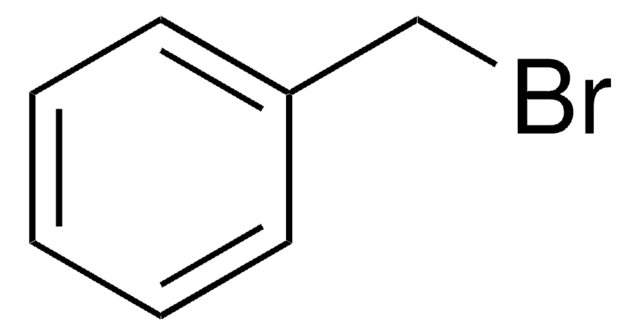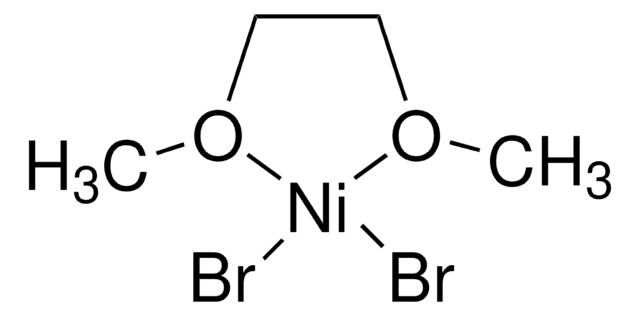209988
Zinc
dust, <10 μm, ≥98%
Sinonimo/i:
Zn
About This Item
Prodotti consigliati
Tensione di vapore
1 mmHg ( 487 °C)
Saggio
≥98%
Stato
dust
Impiego in reazioni chimiche
core: zinc
reagent type: catalyst
Resistività
5.8 μΩ-cm, 20°C
Dimensione particelle
<10 μm
P. ebollizione
907 °C (lit.)
Punto di fusione
420 °C (lit.)
Densità
7.133 g/mL at 25 °C (lit.)
Stringa SMILE
[Zn]
InChI
1S/Zn
HCHKCACWOHOZIP-UHFFFAOYSA-N
Descrizione generale
Applicazioni
Zinc is also used as a:
- Reductant in the hydrothermal CO2 reduction to formic acid in batch reactors.
- Catalyst in the synthesis of propargylamines by one pot, three component coupling of aldehydes, amines and alkynes in acetonitrile.
Avvertenze
Warning
Indicazioni di pericolo
Consigli di prudenza
Classi di pericolo
Aquatic Acute 1 - Aquatic Chronic 1
Codice della classe di stoccaggio
11 - Combustible Solids
Classe di pericolosità dell'acqua (WGK)
WGK 2
Punto d’infiammabilità (°F)
Not applicable
Punto d’infiammabilità (°C)
Not applicable
Dispositivi di protezione individuale
Eyeshields, Gloves
Elenchi normativi
Forniamo informazioni su eventuali restrizioni prevalentemente per i prodotti chimici. Per altre tipologie di prodotto siamo in grado di fornire soltanto informazioni limitate. Nessuna segnalazione significa che nessuno dei componenti è citato in un elenco. È dovere dell’utilizzatore assicurarsi che il prodotto venga impiegato in maniera sicura e a norme di legge.
EU REACH Annex XVII (Restriction List)
Scegli una delle versioni più recenti:
Possiedi già questo prodotto?
I documenti relativi ai prodotti acquistati recentemente sono disponibili nell’Archivio dei documenti.
I clienti hanno visto anche
Il team dei nostri ricercatori vanta grande esperienza in tutte le aree della ricerca quali Life Science, scienza dei materiali, sintesi chimica, cromatografia, discipline analitiche, ecc..
Contatta l'Assistenza Tecnica.



